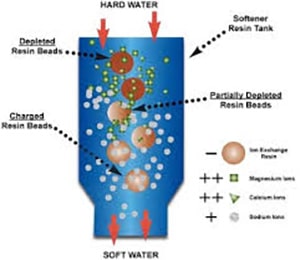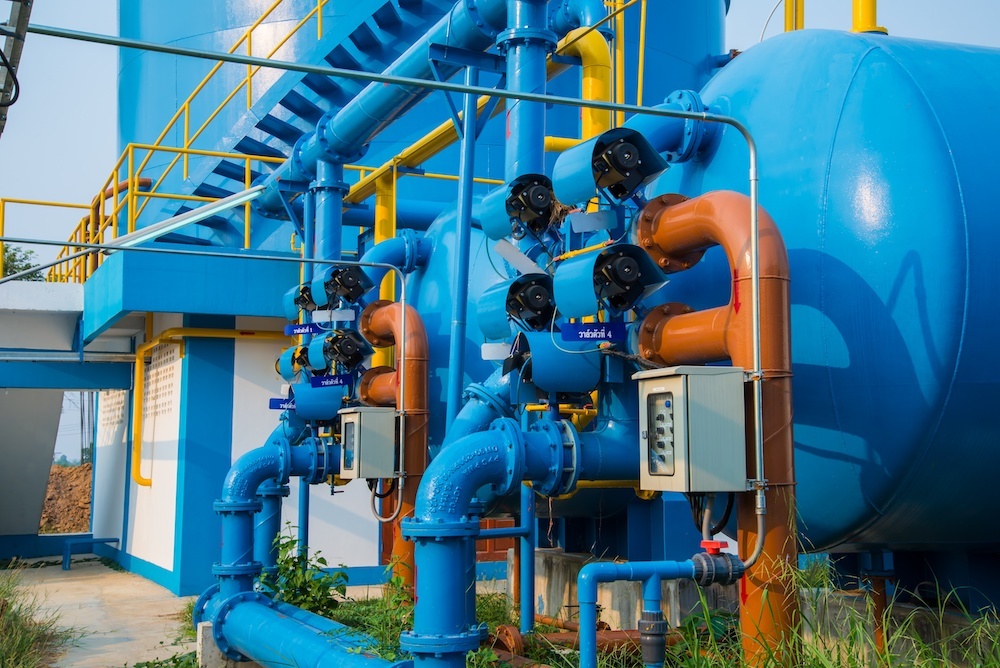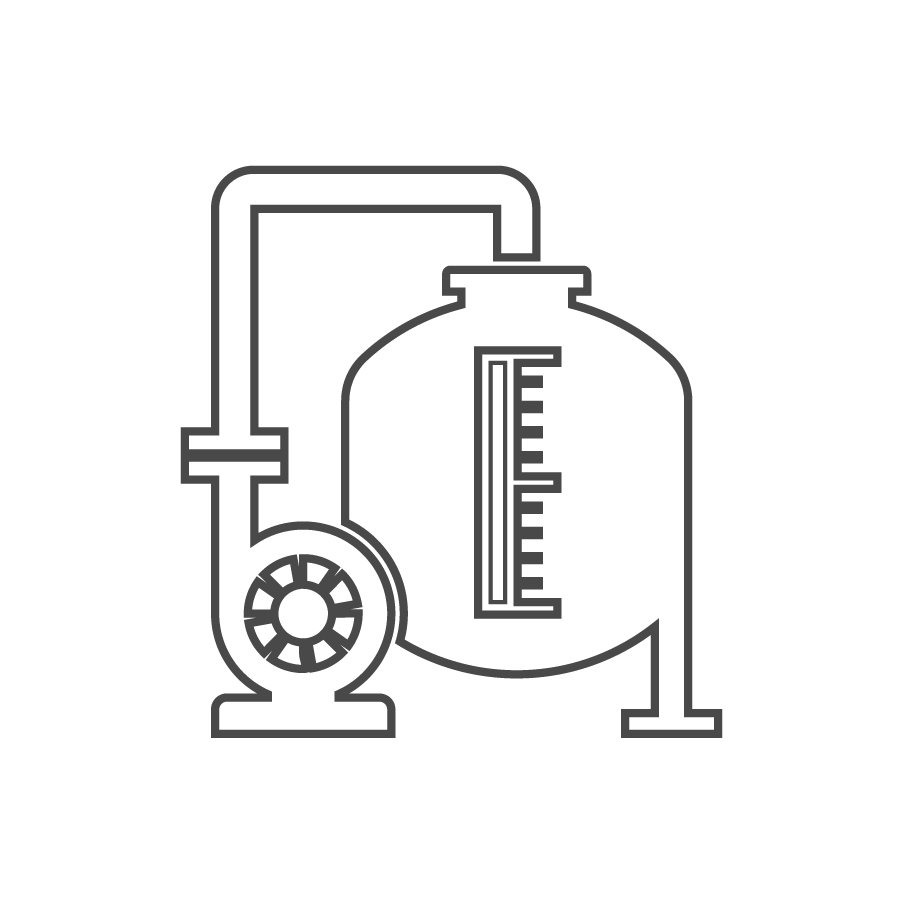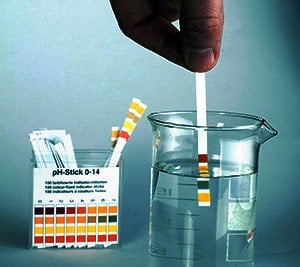In the past two decades, there has been a remarkable development and improvement in wastewater technologies, driven by both necessity and stringent governmental regulations.
Today, municipalities and countries worldwide are recognizing the vital importance of recycling wastewater into clean drinking water. In certain regions like the Caribbean and other foreign nations, the wastewater to the drinking water industry is not merely a choice but a necessity.
To address our global needs and challenges, the recycling of wastewater to produce safe drinking water has become an everyday practice, empowered by cutting-edge technologies such as "Ultra-Filtration" and "Membrane Bio-Reactors" (MBR). These technologies continue to advance, offering much-needed solutions to the world's water scarcity issues. Moreover, due to stricter governmental requirements for wastewater recycling, the purity standards achieved through this process often surpass those of conventional water treatment methods. To foster global growth, it is crucial for professionals and consumers alike to acknowledge and embrace wastewater recycling whenever and wherever it is applicable to meet our evolving needs.
One of the key elements in the wastewater recycling process is the removal of contaminants, such as hydrogen sulfide gas, through advanced treatment methods. Hydrogen sulfide gas, a common byproduct of various industrial processes, can pose significant risks to water quality. Through technologies like Ultra-Filtration, this harmful gas can be effectively eliminated, ensuring the production of safe drinking water.
Another crucial aspect of wastewater treatment is addressing water turbidity. Turbidity refers to the cloudiness or haziness of water caused by the presence of suspended particles. By employing techniques like Membrane Bio-Reactors (MBR), wastewater can undergo thorough filtration, effectively removing suspended solids and improving water clarity. This ensures that the recycled water meets stringent purity standards and is suitable for drinking.













